Visiting Istanbul as an American: Safety & Culture 2025
Pay Once and Have Free Attractions Entry for 7 days
Istanbul is a city that offers a complex mix of cultural experiences, combining both European and Asian influences. As an American, traveling in Istanbul can be full of surprises — from its vibrant street life to its rich history — but knowing what to expect can make your visit smoother and more enjoyable. Here’s a straightforward guide on navigating the city, cultural nuances, and avoiding common pitfalls.
🚗 First Time in Istanbul? Be Prepared & Carefree!
Istanbul: Private Airport Transfer with Meet and Greet 🌟 4.4 / 5 (318 reviews)
Bosphorus Dinner Cruise & Show with Private Table 🌟 4.8 / 5 (29936 reviews)
Istanbul: Full-Day Highlights Tour with Guide and Lunch 🌟 4.5 / 5 (1101 reviews)
Visa Requirements for Americans
If you’re a US citizen planning a short tourist visit to Turkey, you’re in luck — no visa is required for stays up to 90 days within a 180-day period. This makes short trips much simpler.
The 180-day rule means you can stay in Turkey for up to 90 days within any rolling 180-day period. The 180 days are not fixed — it’s a rolling timeframe. To check your stay, look back at the last 180 days from the current date.
You can enter and leave as you like, but your total time in Turkey within those 180 days can’t exceed 90 days. After 180 days, your count resets, and you can stay another 90 days.
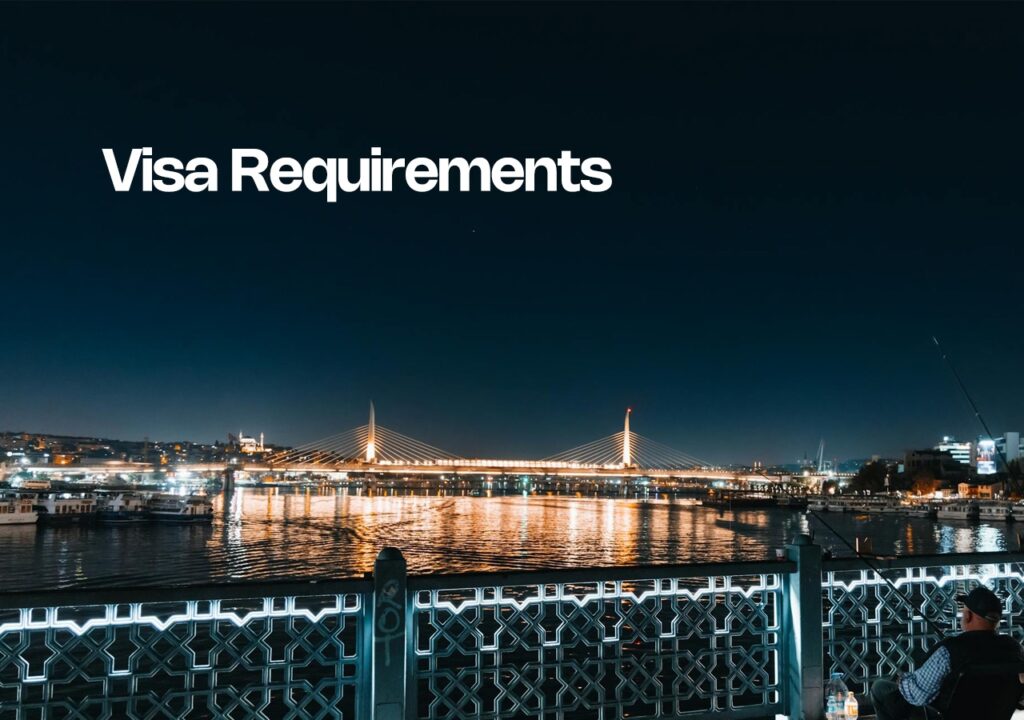
For longer stays or if you plan to work in Turkey, you’ll need to apply for a residence permit or work visa through the Turkish embassy or consulate.
Is Istanbul Safe for Americans in 2025?
Yes, Istanbul is generally safe for American tourists, especially in popular areas like Sultanahmet, Taksim, and Beyoğlu. However, you should remain cautious, as tourist-heavy areas can attract scammers and petty crime like pickpocketing. While you’re unlikely to face serious danger, there’s a chance of being scammed in taxis or losing a wallet or phone.
Common scams include taxi drivers taking longer routes or quoting inflated fares, so it’s safer to use Uber or BiTaksi apps, which track the journey and provide price estimates.
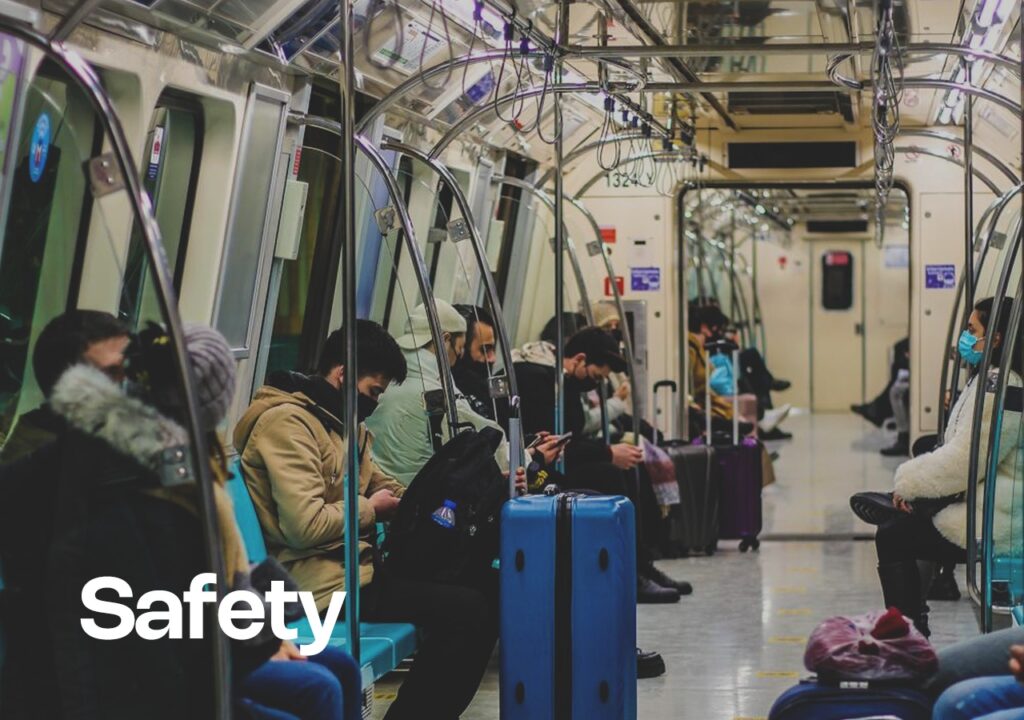
Dangerous Areas in Istanbul for Tourists
While most of Istanbul is safe, some areas are dangerous, especially at night:
- Tarlabaşı: Just behind Taksim Square, known for petty crime and drug activity.
- Aksaray: Busy area near Sultanahmet with a shady nightlife scene.
- Kumkapı: Popular for fish restaurants but can feel unsafe after dark.
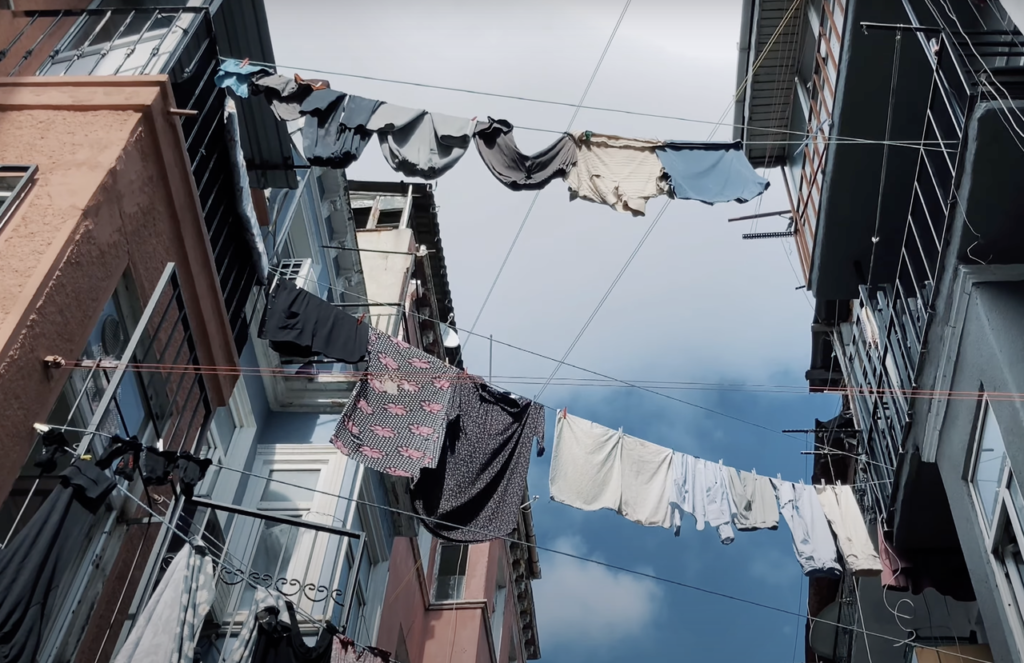
Don’t Miss The Best Tours and Cruises in Istanbul
Public Transportation in Istanbul
Istanbul’s public transportation system is extensive and efficient. Metro, trams, and ferries are the best ways to get around.
The IstanbulKart is your universal ticket for buses, metro, trams, and ferries. This card is rechargeable and will save you money, as public transport is much cheaper than taxis. A must-do is the city ferry across the Bosphorus, which provides great views and costs very little.
Traffic and Driving
Traffic in Istanbul is chaotic. Many Americans are surprised by how local drivers ignore lane markings and traffic rules. Patience is essential if you plan to drive.
Cultural Differences
One of the most striking things you’ll notice as an American is how socially connected the locals are. Istanbul has a communal vibe that encourages social gatherings, from parks to street corners. You’ll see groups of friends hanging out in ways that might feel unusual to Americans. Men, in particular, tend to socialize in large groups, and this is a normal part of life here.
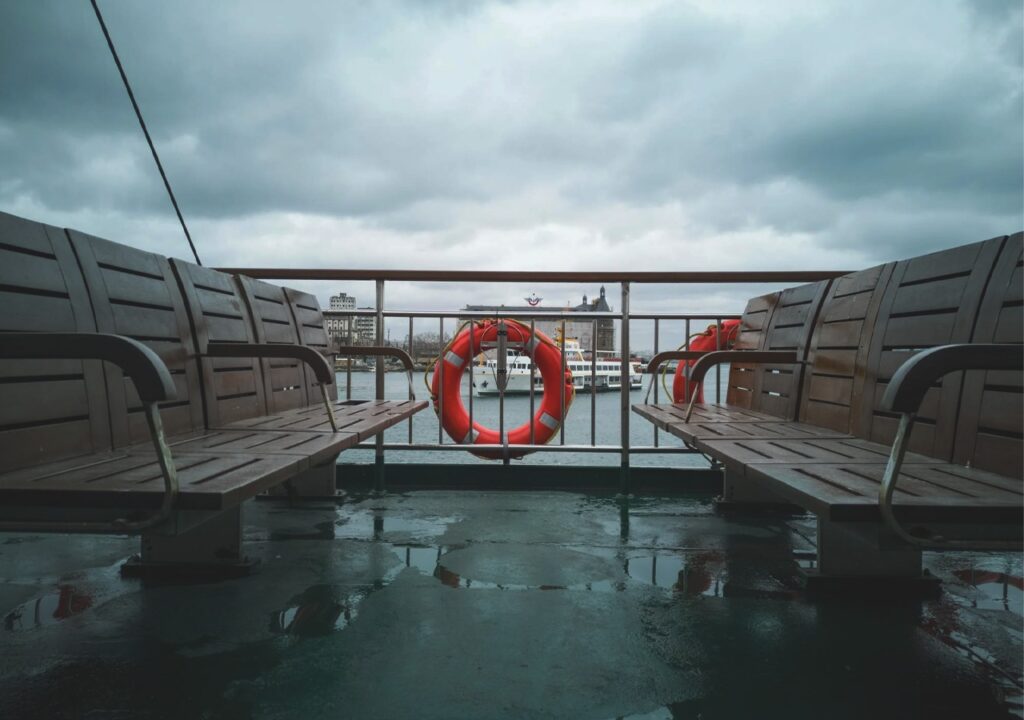
Another cultural difference is the smoking culture — you’ll see people smoking everywhere, especially in cafes and restaurants. It’s a stark contrast to American cities where smoking is often restricted, so be prepared if you’re sensitive to smoke.
Animals in the City
One unique aspect of Istanbul is its stray cats and dogs. Unlike in other cities where strays might be ignored, these animals are treated like community pets. You’ll see food and water left out for them, and they are often very friendly. It’s not uncommon for cats to wander into cafes and sit next to you while you enjoy a meal.
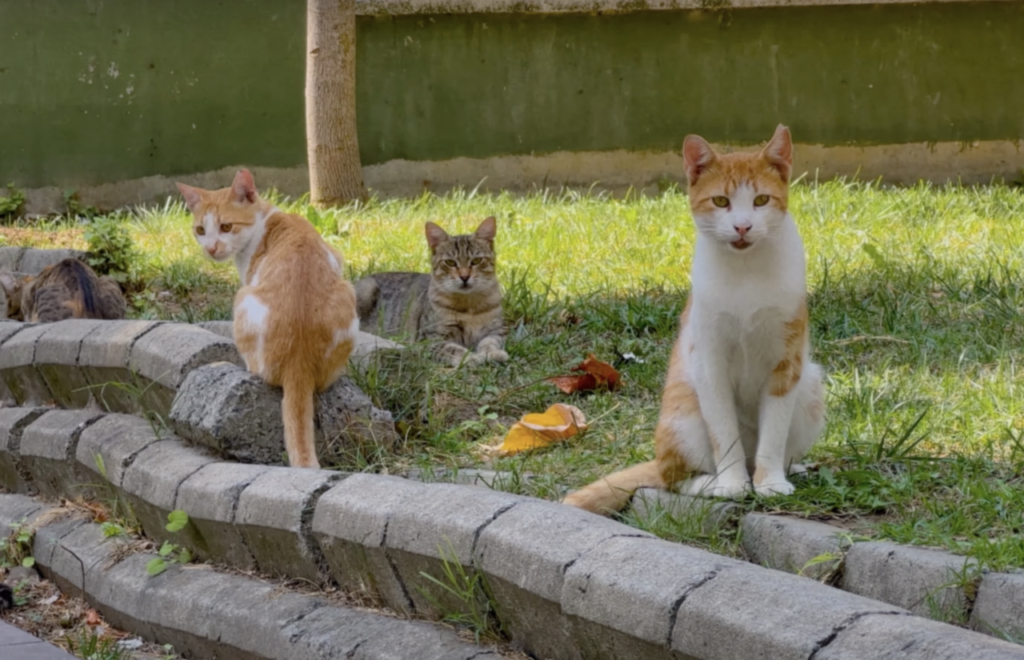
Noise Levels and City Life
Istanbul is loud. From the constant honking of cars to the five daily calls to prayer, the city can be overwhelming for those used to quieter environments. Streets are narrow, and traffic jams are common, but the city’s public transport makes getting around easy if you prefer to avoid the congestion.
Food and Street Culture
Istanbul’s street food culture is something you’ll love. Simit (a sesame-covered bread similar to a bagel) is sold on nearly every street corner and is a must-try for a quick, cheap breakfast. Turkish breakfasts, often served in cafes, come with a large selection of cheeses, olives, bread, and dips, making for a filling and flavorful experience.
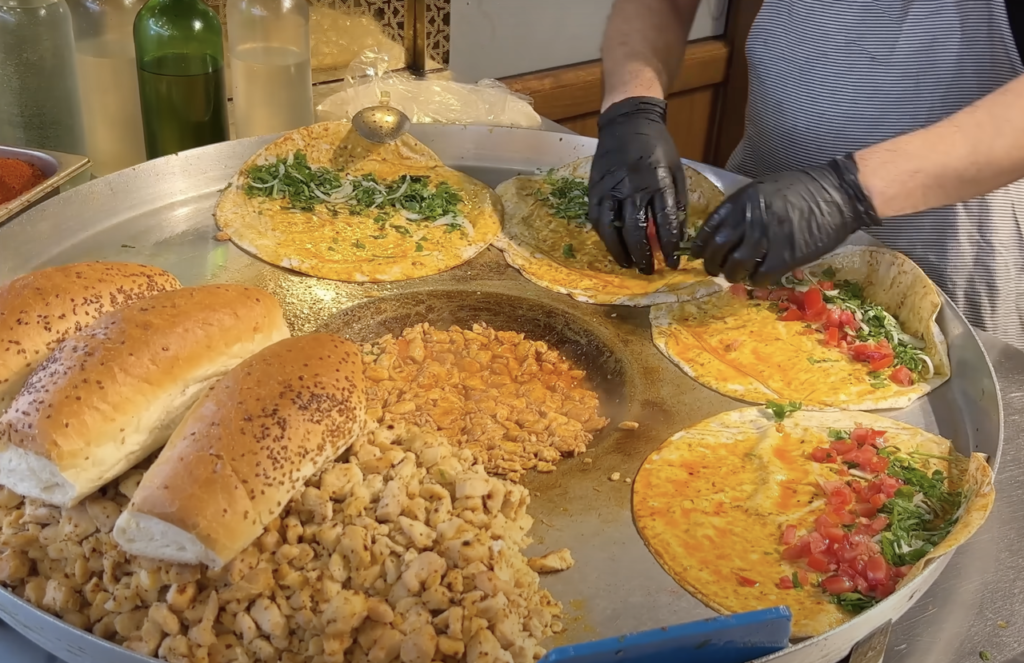
Americans may notice that portions are large, and meals are a social event. Tipping is appreciated but not mandatory; a 5-10% tip in restaurants is common.
Neighborhoods and Geography
Istanbul is split into European and Asian sides by the Bosphorus Strait. The European side is home to the historic center and major tourist attractions like the Blue Mosque, Hagia Sophia, and Topkapi Palace. Meanwhile, the Asian side, particularly Kadıköy and Üsküdar, offers a more relaxed, local atmosphere.
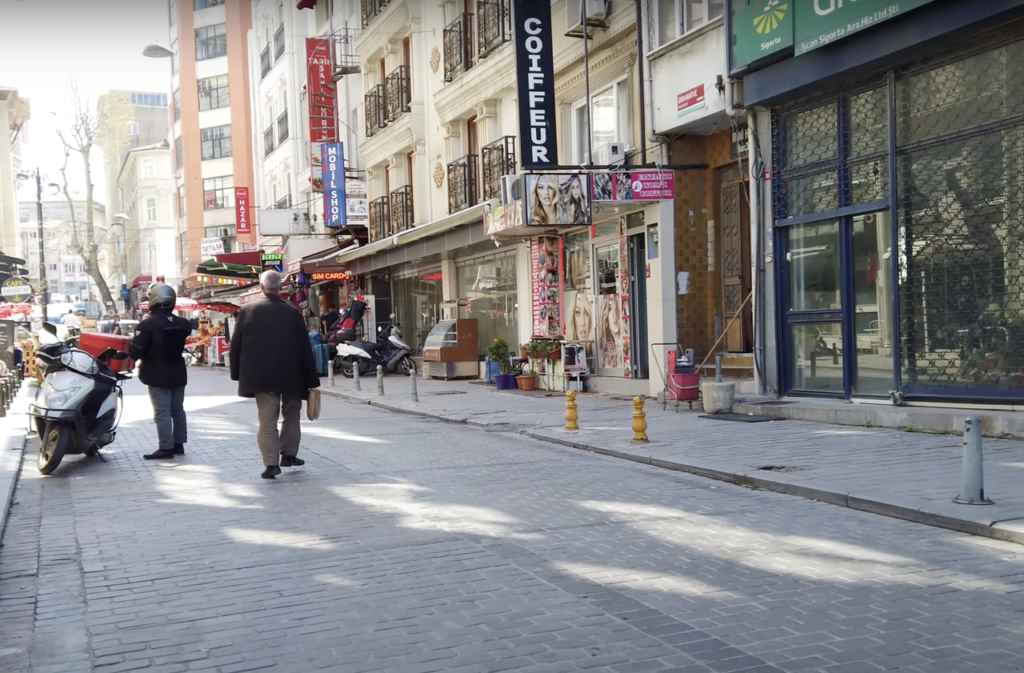
Each neighborhood has its own vibe, and exploring on foot is one of the best ways to get a feel for the city’s diversity. Beyoğlu is youthful and artsy, while Sultanahmet is steeped in history. The Asian side has a distinctly different energy, with quieter streets and fewer tourists.
Inflation and Cost
Turkey has been facing inflation, and prices for both locals and tourists have risen sharply in recent years. However, for many Americans, Istanbul remains affordable. Tourist sites have seen price increases, but day-to-day expenses like street food, public transport, and local goods remain relatively low compared to U.S. standards.
Credit cards are widely accepted, but it’s a good idea to carry some cash for smaller shops and local markets.
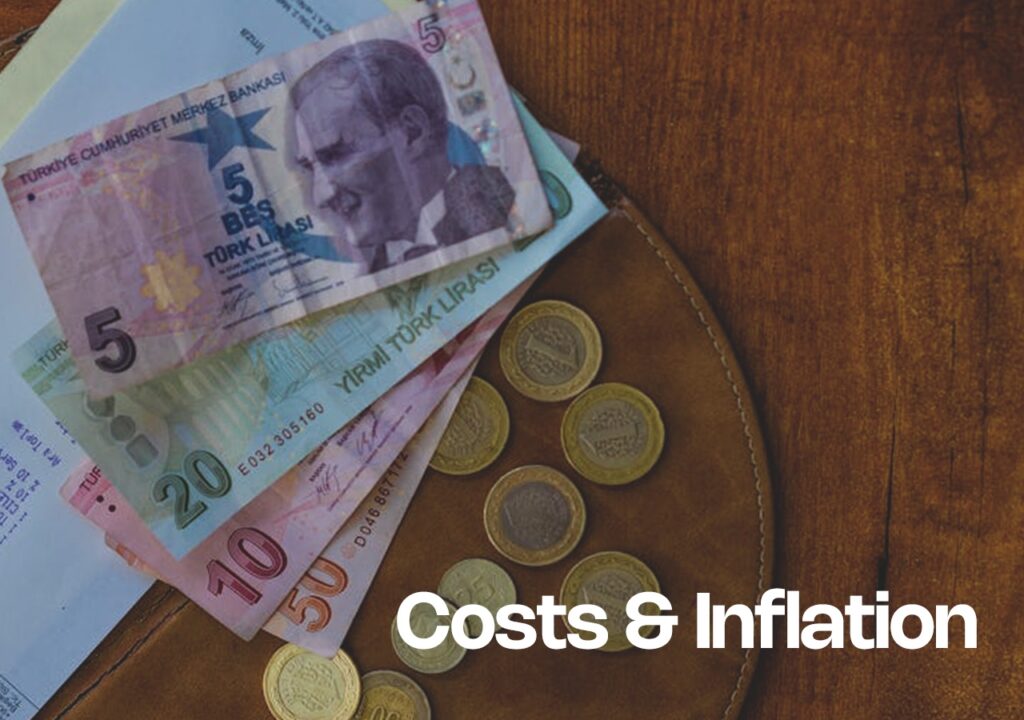
If you’re on a budget, avoid restaurants in touristy areas like Taksim Square and Sultanahmet. Instead, explore smaller neighborhoods for better value.
Playgrounds and Public Spaces
Istanbul is family-friendly, with many parks and playgrounds scattered across the city. However, pedestrian spaces can be limited in some areas, making it hard to walk with strollers. Look out for narrow sidewalks or streets full of parked cars.
How to Communicate with Turkish People if You Are an American
While many people in Istanbul, especially in tourist areas, speak English, knowing a few Turkish phrases can go a long way in making connections and navigating daily situations. Here’s a quick guide to essential phrases:
- Merhaba (Hello)
- Nasılsın? (How are you?)
- Teşekkürler (Thank you)
- Pardon (Excuse me)
- Evet (Yes)
- Hayır (No)
Tip: Download a translation app like Google Translate for more complex conversations. You can also use it to translate menus and signs, which is helpful in non-tourist areas where English may be less common.
Don’t Miss The Best Tours and Cruises in Istanbul
Old City Digital Route №1
A step-by-step guide to uncovering Istanbul’s hidden gems beyond Sultanahmet. Access the route via Google Maps and a handy PDF guide, both packed with:
- Local dining spots for any budget
- Currency exchange tips
- Recommended hotels in Fatih
- Directions from the airport to Sultanahmet
- Souvenir and gift ideas
$9.99
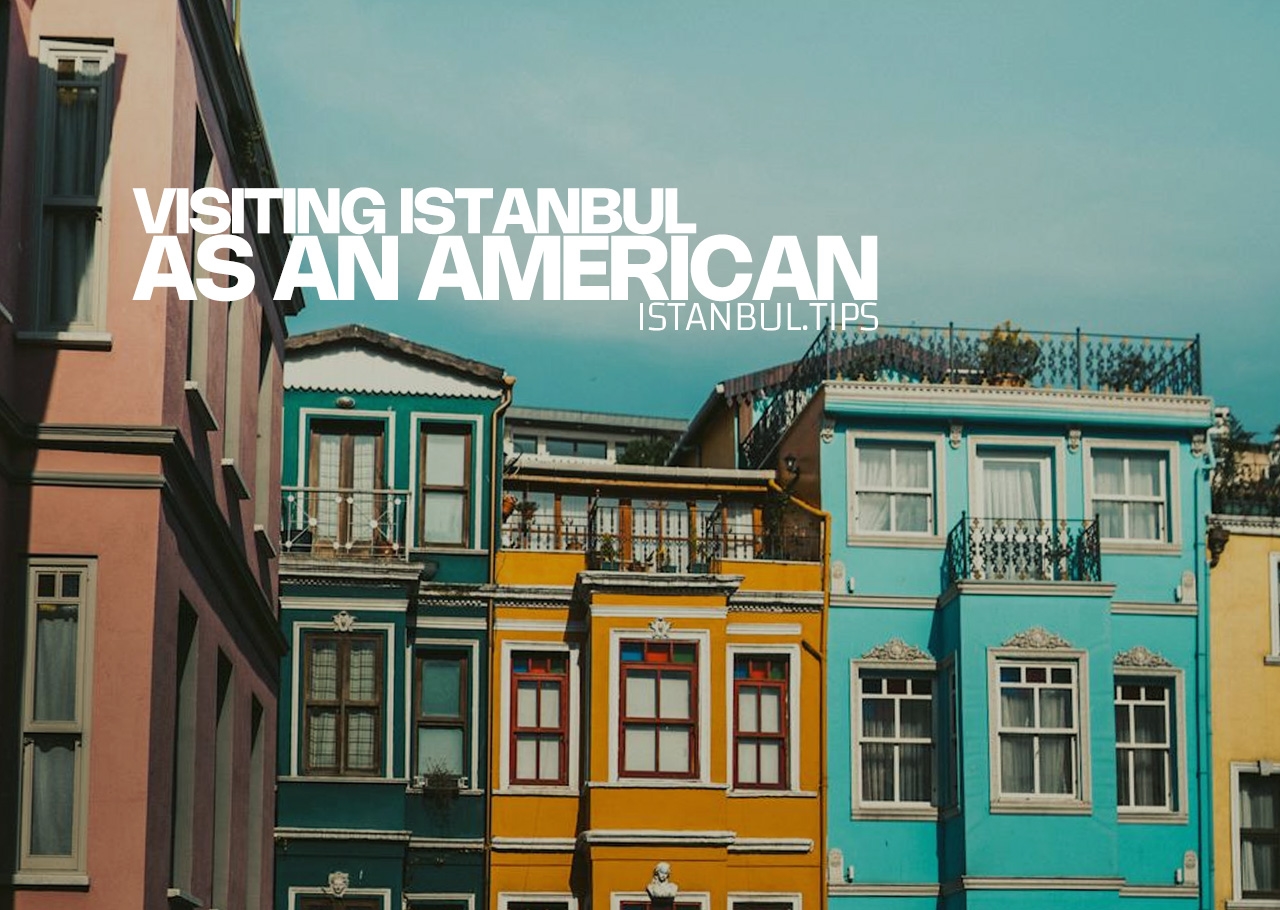


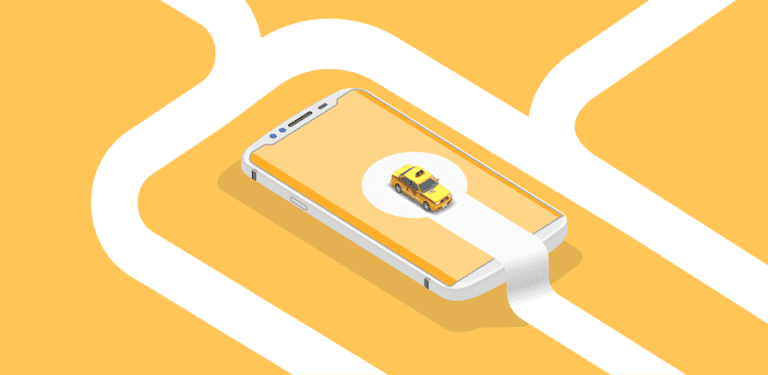
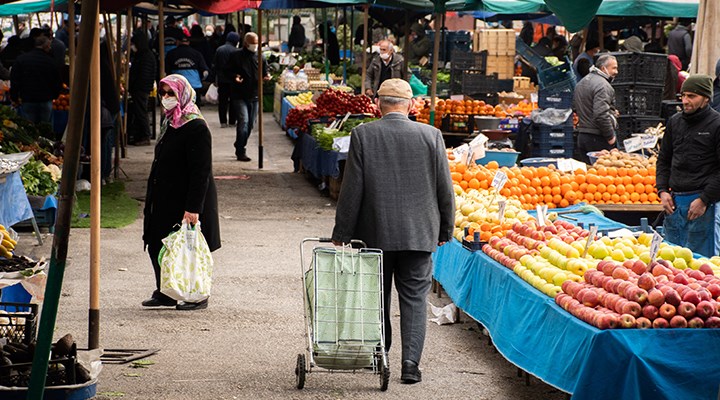
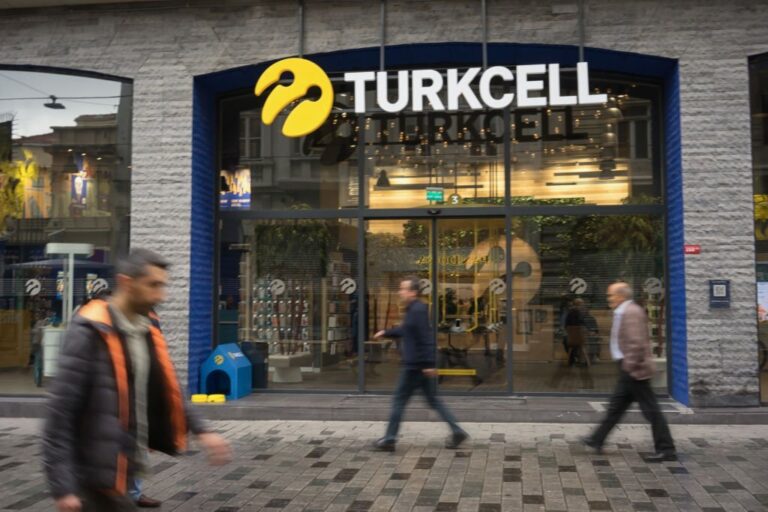


https://www.mfa.gov.tr/visa-information-for-foreigners.en.mfa
US citizens traveling for the purpose of tourism do not need a Visa unless the will stay longer than 90 day in a 180 day period or they are using a diplomate passport.
Thank you! We will update the information.